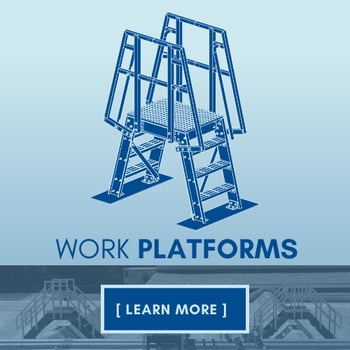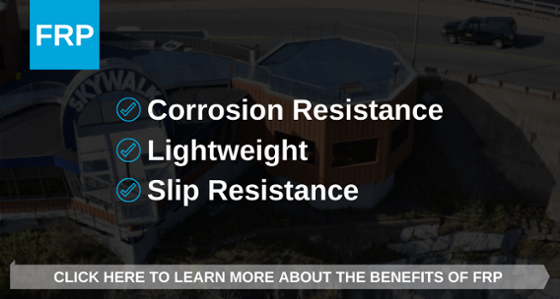When it comes to food processing environments, an FRP platform offers corrosion resistance,...
FRP Platforms vs. Traditional Metal Platforms: Which is Better for Food Processing?
When it comes to food processing environments, an FRP platform offers corrosion resistance, enhanced hygiene, and greater worker safety compared to metal. Discover how FRP grating outperforms traditional materials in platform performance and compliance.
Why Choosing the Right Platform Material Matters in Food Processing
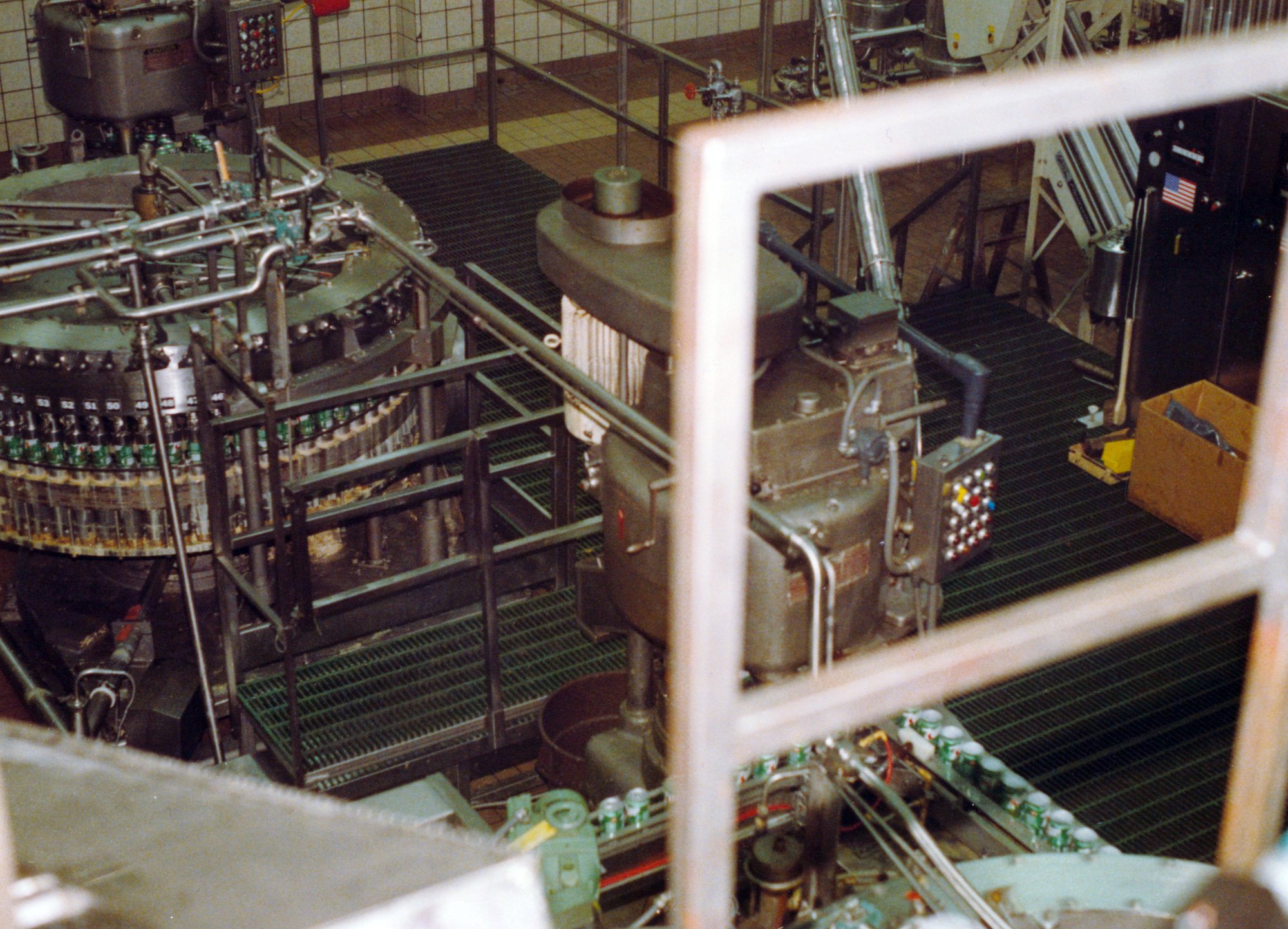
Green molded mesh grating in a food processing facility
Work platforms are essential for maintaining hygiene, safety, and operational efficiency in food processing facilities. These environments require elevated work surfaces that can endure constant exposure to moisture, chemicals, and heavy equipment. Choosing between a fiberglass-reinforced plastic (FRP) platform and a traditional metal platform has a direct impact on safety compliance, maintenance costs, and contamination risk.
FRP platforms provide significant advantages over steel or aluminum options. They are corrosion-resistant and easy to clean, which helps reduce contamination risks and ensures compliance with food safety standards. Unlike metal platforms, FRP does not rust, even in harsh conditions, making it a more durable and cost-effective solution. Additionally, FRP platforms require minimal maintenance, further lowering long-term costs and downtime.
This blog explores the benefits of FRP platforms in key food processing applications, highlighting their role in enhancing safety, hygiene, and efficiency.
What Is an FRP Grating Platform
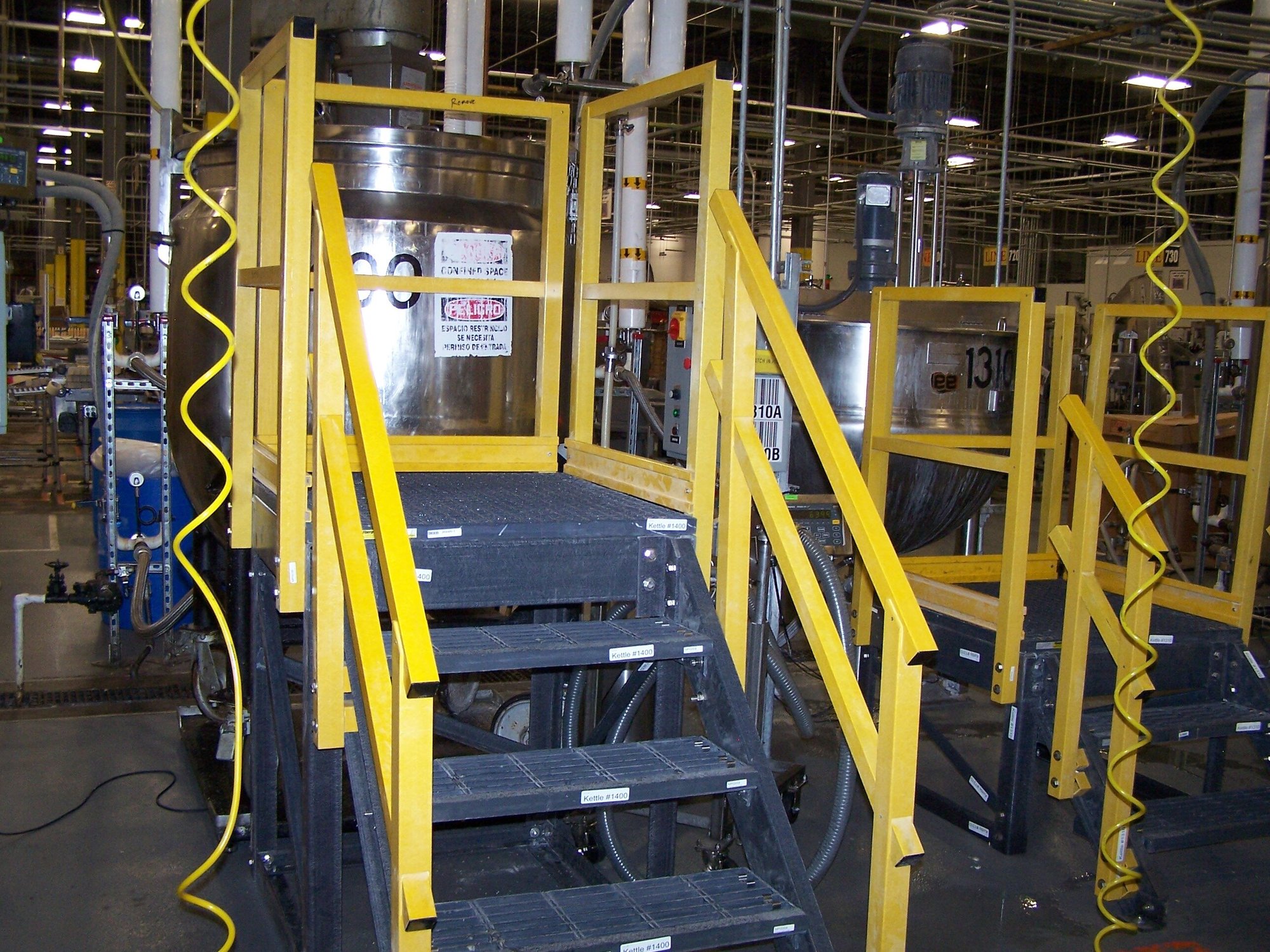
FRP standing platform in a processing facility
FRP (fiberglass reinforced plastic) platforms are modular, non-metallic systems designed for durability and safety. They combine strength and lightweight construction with excellent corrosion resistance, making them well-suited for demanding industrial environments.
Utilizing FRP grating as the load-bearing surface, these platforms offer a high strength-to-weight ratio and create a non-conductive work area, which is a significant advantage in facilities with electrical equipment.
Common Applications in the Food Processing Industry
FRP platforms are used in a wide range of food facility environments, including:
- Elevated walkways around machinery
- Access platforms for material handling equipment in food industry settings
- Maintenance stations and mezzanines
- QA inspection platforms in bottling and packaging lines
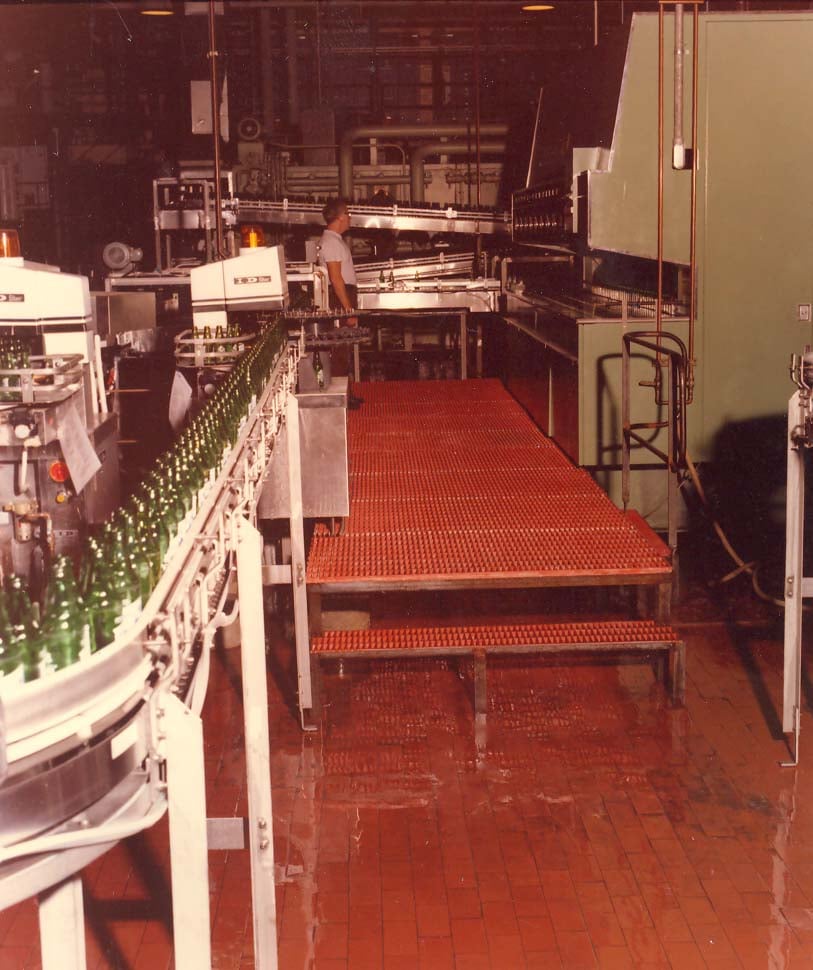
Red FGI-AM molded grating platform
Case Study: At the Great Plains Coca-Cola Bottling Company, Fibergrate provided pultruded FRP grating for platform systems that improved sanitation and worker safety.
Hygiene and Food Safety Advantages of FRP Platforms
In food processing, surfaces must be non-porous and easy to sanitize. FRP platforms offer:
- Corrosion-resistant grating that resists bacterial growth
- Chemical-resistant surfaces that tolerate harsh disinfectants
- No risk of rust, unlike metal platforms, which can flake or pit over time
These properties help facilities stay aligned with FDA and USDA cleanliness standards.
Safety and Ergonomic Benefits
FRP platforms improve safety and reduce ergonomic strain in multiple ways:
-
Slip-resistant grating reduces fall risk in wet environments
-
Non-conductive grating surfaces improve worker safety around electrical systems
- Lightweight panels make transport, installation, and repositioning easier—reducing injury risk during maintenance
Durability and Maintenance Comparison: FRP vs. Metal
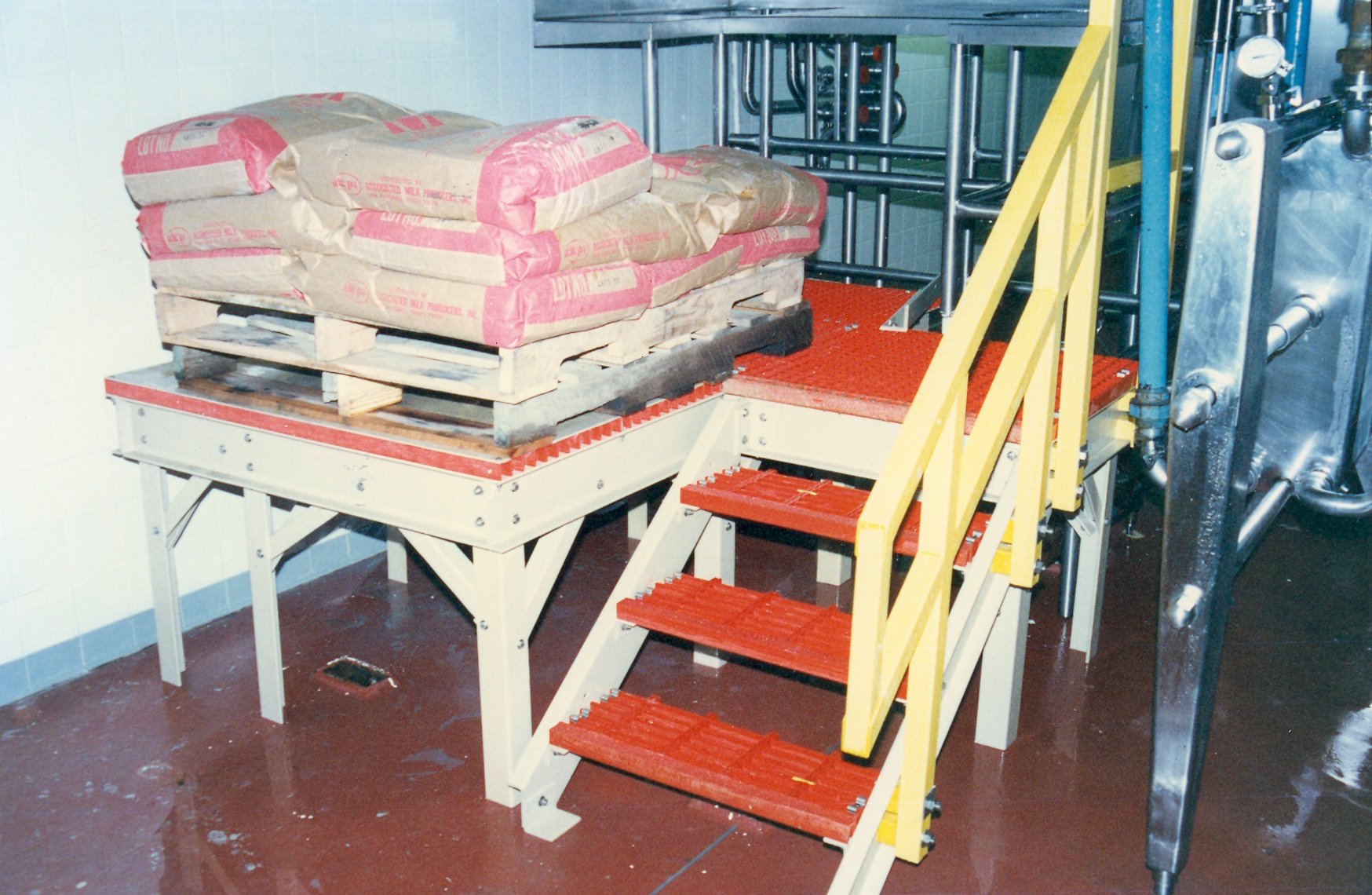
Molded grating platform in a food processing facility
Metal platforms are prone to rust, especially in environments with frequent washdowns. FRP grating platform, on the other hand:
- Resists corrosion, even in high-moisture and chemical-heavy areas
- Withstands temperature swings and mechanical stress without degrading
- Requires minimal maintenance, lowering long-term ownership costs
Learn more about the benefits of FRP materials here.
Choosing the Right Platform for Food Processing
When comparing an FRP platform to traditional metal options, the advantages are clear - especially in food processing environments. FRP supports:
- Better hygiene through corrosion-resistant surfaces
- Enhanced worker safety with non-conductive grating and slip-resistant designs
- Longer lifespan and lower maintenance costs
If your operation demands long-term performance with less downtime, FRP may be the smarter choice.
Contact Fibergrate to specify the right FRP Platform solution for your facility.
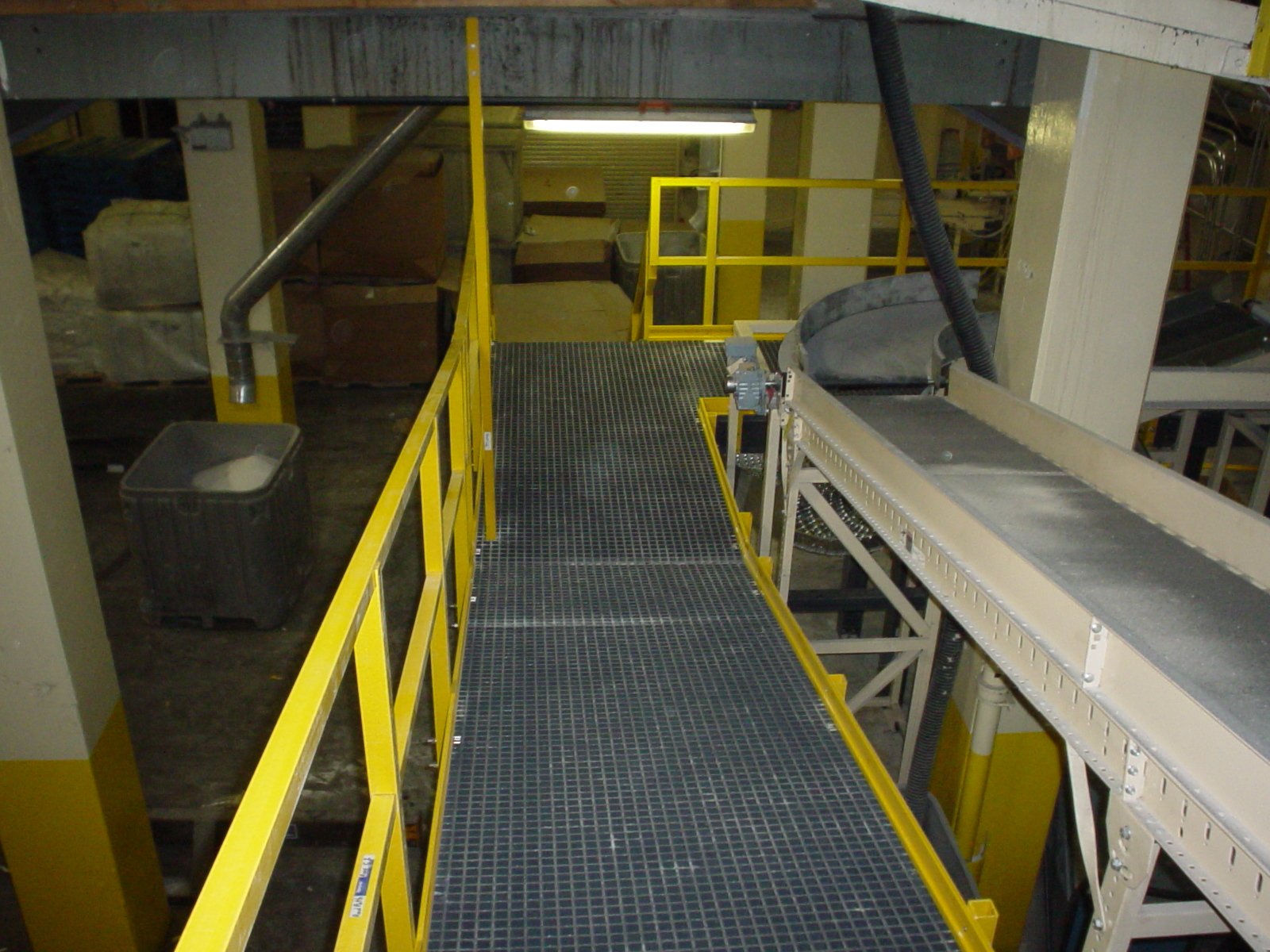
Conveyor access platform with FRP grating in a food processing facility
FAQ
Are FRP platforms FDA-approved for use in food processing facilities?
FRP platforms can be manufactured with FDA-compliant materials suitable for direct and indirect contact with food environments.
How do FRP platforms perform compared to metal in wet areas?
FRP grating platform offers corrosion resistance, slip resistance, and electrical safety that make it ideal for wet or washdown-heavy settings.
Can FRP platforms support heavy equipment?
Yes. FRP platforms can be engineered for high load capacities and tailored to support heavy processing or packaging equipment.


